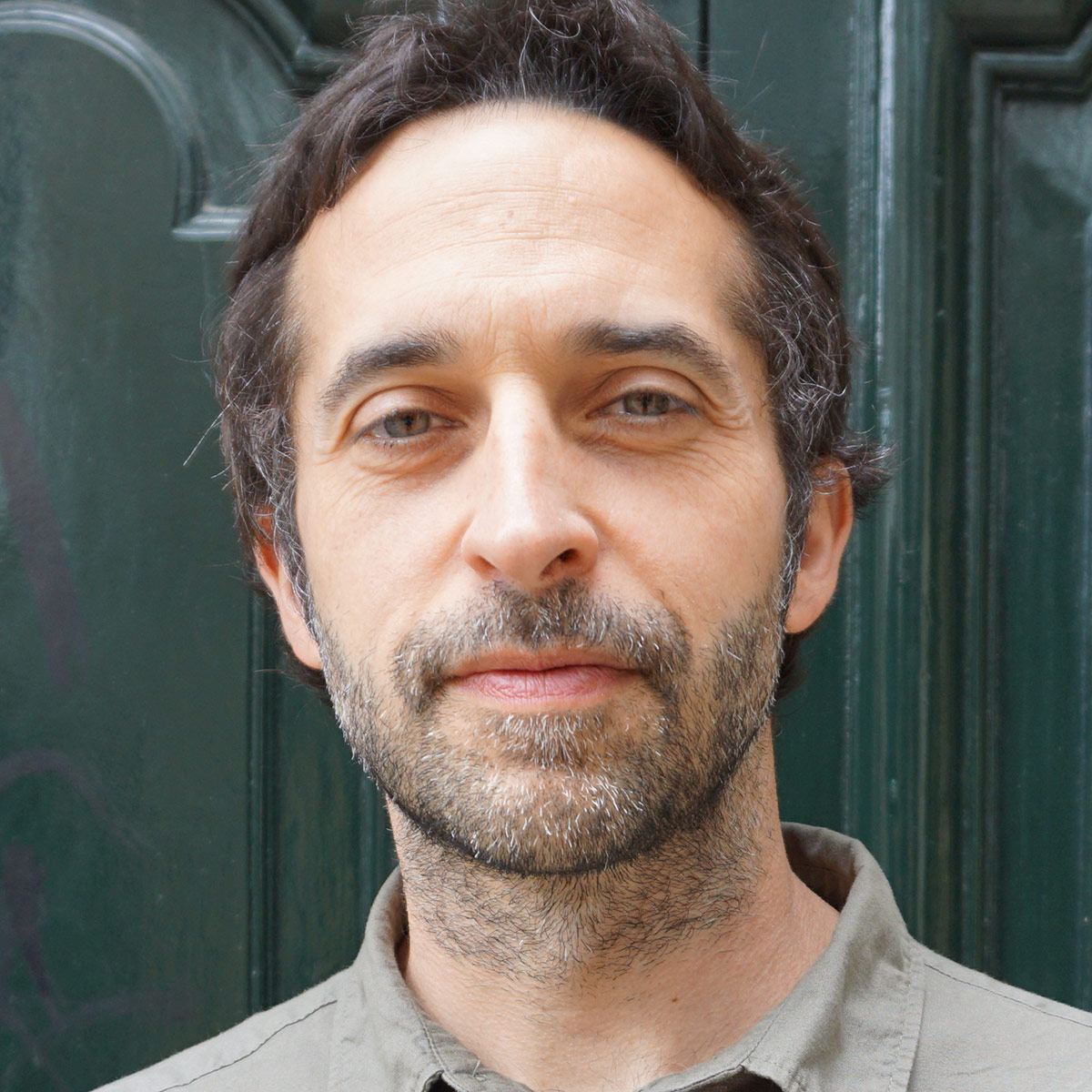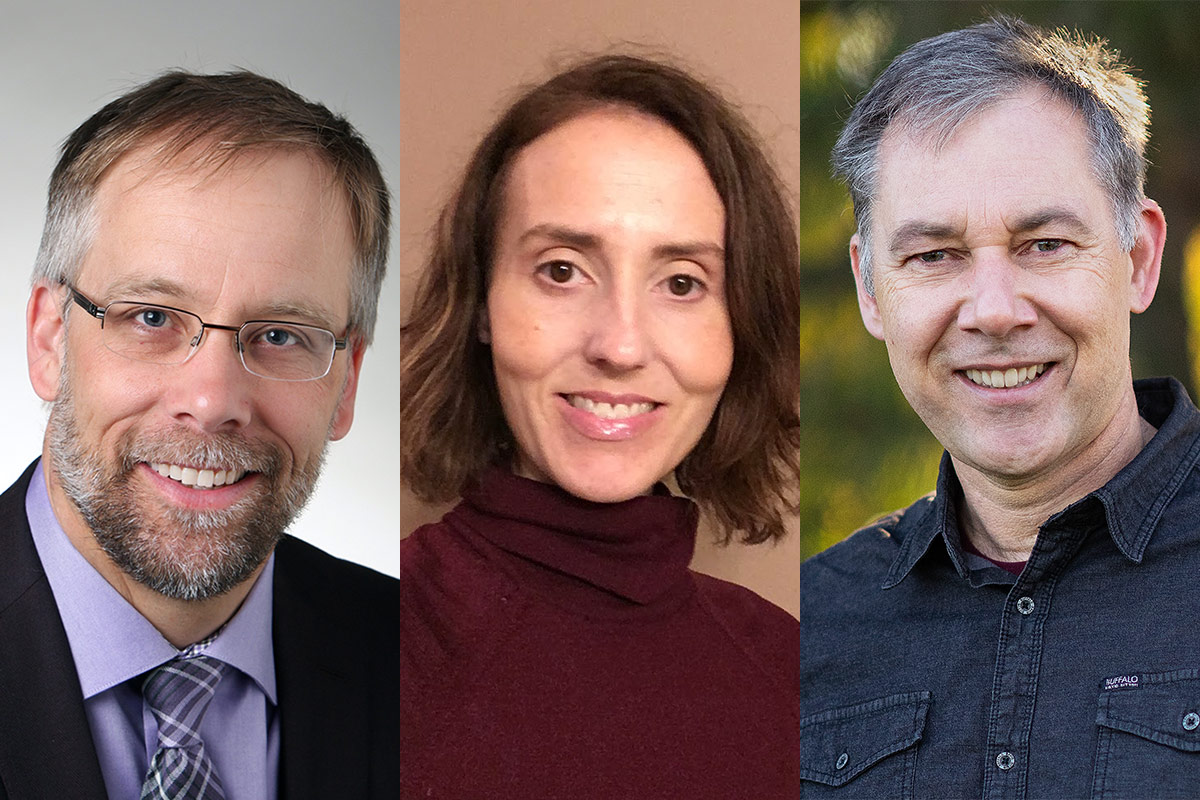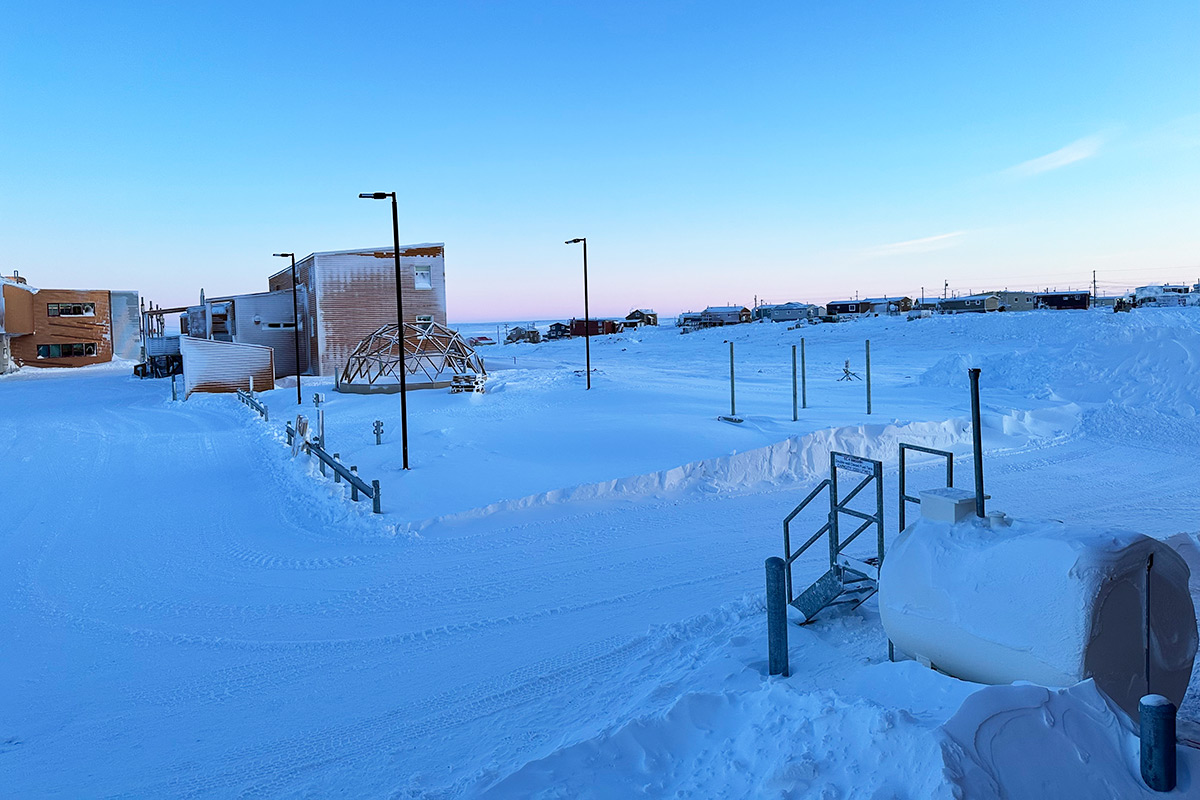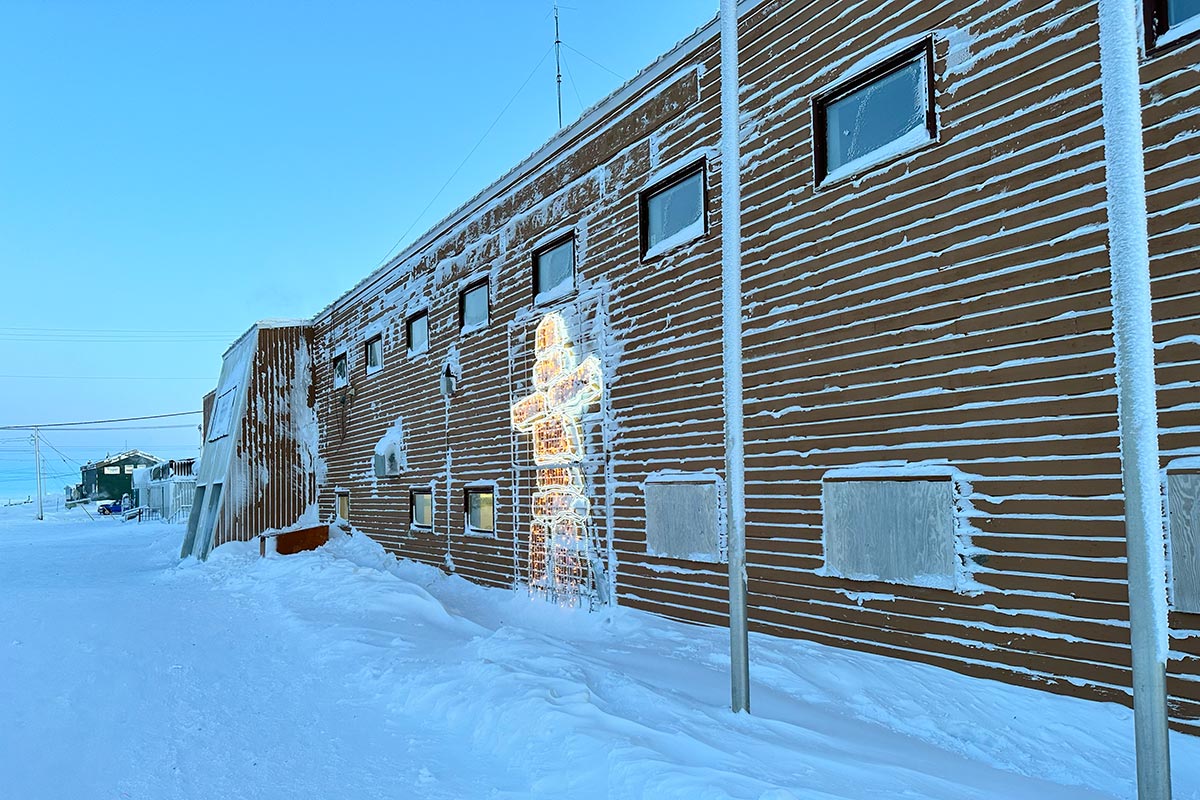By Ty Burke
Heating buildings in the far north is a major challenge, and it isn’t just because of the cold.
Northern communities rely primarily on diesel fuel to meet their heating needs, which is expensive, heavily polluting and associated with negative health impacts. But many alternatives just aren’t practical in northern environments: natural gas isn’t available and creates greenhouse gas emissions, permafrost makes geothermal exchange heating systems impossible, solar energy is hard to generate during the long, dark months of winter, and batteries aren’t capable of storing sufficient amounts of electricity through extended periods of extreme cold.
As a result, northern communities rely on diesel fuel shipped to communities on planes, trucks or by ship, consuming more than 176 million litres of diesel each year and generating additional pollution from transporting the diesel.
An interdisciplinary group of researchers at Carleton University are working to harness the power of chemistry to make northern heating more practical – and hopefully cheaper too. A new, five-year Natural Sciences and Engineering Research Council (NSERC) Alliance grant will support mechanical and aerospace engineering professor Jean Duquette and his team in designing and prototyping a solar-driven adsorption thermal energy storage system – or SATES, for short.

Carleton University mechanical and aerospace engineering professor Jean Duquette
What are SATES systems?
SATES systems are tank-based and work through a controlled chemical reaction. They contain an adsorbent and an adsorbate material, or more simply, a type of powder and water. The two materials are separated using solar energy during the summer months, then recombined in the winter. Their reunion causes a chemical reaction which generates heat.
These systems are self-contained and, notably, don’t emit carbon dioxide. And while it sounds a bit like science fiction, the concept has been validated. Experimental adsorption heating systems are already in place in Europe, but most use an extremely expensive powder called zeolite 13x – which effectively disqualifies it as an option to operate an adsorption heating system for a single home.
“We are trying to replace that powder with something that costs a lot less,” says Duquette, the principal investigator on the project.
He explains that while another material might not be 100% as effective as zeolite 13x, a SATES system using a less expensive powder that is 70% to 80% as effective would still be a viable heating solution.
“We will experiment with different materials and look at whether we can synthesize a carbon-based adsorbent material with resources that are locally available. That way, we could set up a local supply chain, so that the material doesn’t need to be shipped to the north.”

Carleton University professor and Mechanical & Aerospace Engineering chair Ronald Miller, and Carleton University economists Maya Papineau and Stephan Schott
On the engineering side of the project, Duquette will be working with his departmental colleague Ron Miller. Meanwhile, Carleton economists Maya Papineau and Stephan Schott will quantify the systems’ environmental and social welfare effects and Schott will bring his expertise in community engagement and public policy in the North. The researchers are also collaborating with partners at CanmetENERGY-Ottawa, Polar Knowledge Canada (POLAR) and the Municipality of Cambridge Bay in Nunavut.

The importance of curiosity-based research
For remote communities across the North, locally resourced, low emissions home heating alternatives would be game changing. Some communities receive diesel fuel by air shipments, others by ice roads and still others by ship when the Arctic Ocean is open during the summer months. None of these delivery methods are cheap, and locally produced alternative energy sources could help reduce the sky-high cost of living in the North while also creating economic opportunities.
Yet SATES systems don’t only need to be affordable for that to happen. They also need to maintain comfortable temperatures during the long and frigid winter.
“This is a very young technology, and there is still a lot of uncertainty,” says Papineau. “There are climate benefits, but it could also reduce the health impacts of using diesel. We will measure changes air pollution and temperature, but also quantify the system costs. Another unique element is in this project our ideas will also be guided and shaped by local community input.”
“Over the five-year period of the project, costs could come down as the researchers learn more about the technology. We hope it can become close to cost-competitive with diesel.”
This grant is being funded through option two of the NSERC Alliance program, which means funding comes entirely from the government. Because funds from a private-sector partner are not required, Duquette believes that this helps researchers explore ideas that might not have an immediate application but could have huge implications in the long run.
“Curiosity-based research is a really good thing,” he says.
“A lot of the time, curiosity is where the drive comes from. It is not from the needs of industry, but from academics who have ideas for things that do not exist yet. A great idea can be great for Canada, great for the community, and have benefits down the road. Not only for the researchers, but for Canadians in general.”
“The key to success of such a project is to have local support and community buy-in. This will ensure that systems can be properly maintained and expended in the future. We hope to achieve this through our project and provide opportunities for local employment and sourcing of waste materials as an input into the technology,” says Schott.

Tuesday, January 9, 2024 in Innovation, Research, Technology
Share: Twitter, Facebook



